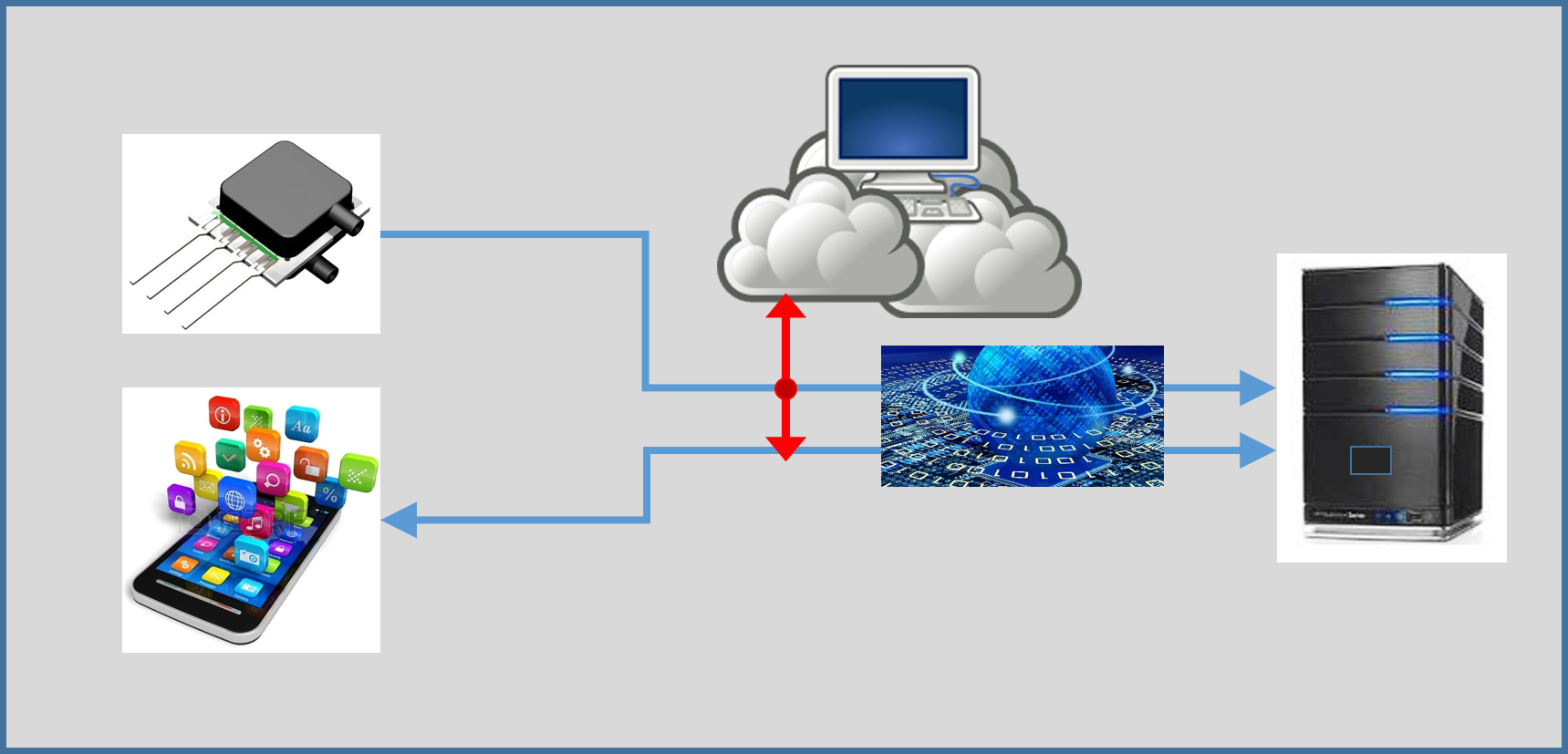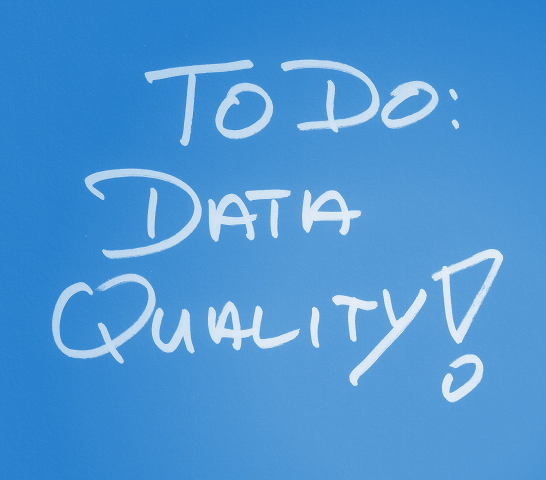Blend, cleanse and prepare data for analytics, reporting or data modernization efforts

Downstream data have been electronically available on a weekly basis since the late 1980s. But most companies have been slow to adopt downstream data for planning and forecasting purposes. Let's look at why that is. Downstream data is data that originates downstream on the demand side of the value chain. Examples























